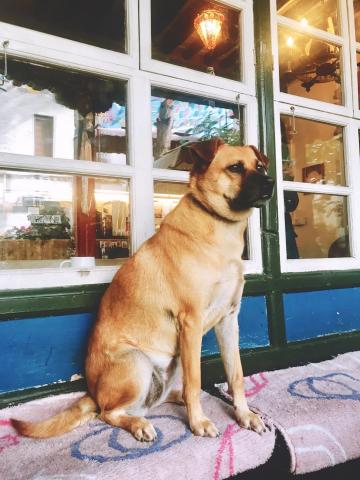
words written in front

It took me three years after returning from the mountains to complete this travelogue. Mainly because I am lazy, and secondly because I am not in the mood to write. My health has started to improve recently, so before my memory is completely lost, I will write down a running account.
The first time I came up with the idea of doing Mount Kailash was before the arrival of the Year of the Horse in 2014. Kailash belongs to the Horse. One trip to the mountain in the Year of the Horse can increase the merits by 12 times, which is equivalent to 13 times in other years. For a lazy Buddhist like me, of course I don’t want to miss something like this that gets twice the result with half the effort. Probably because of impure intentions, in the Year of the Horse, all aspects of the causes and conditions were immature, and the wish to travel to the mountains was not realized.
In 2017, "Kang Rinpoche" directed by Zhang Yang became a hit. After watching the movie, the idea of going to the mountains was awakened again. Thinking that the third animal year of my life is coming soon, I have to do something special to commemorate it. So on New Year’s Day of 2018, I made a wish to travel to the mountains.
Australian writer Rhonda Byrne wrote a book called "The Secret", which talks about the law of attraction. This law has three elements: first, create an idea; second, repeat the idea over and over again and turn it into belief; third, belief will make it happen.
Because of this law of attraction, it finally helped me stand at the feet of Kailash. From the immaturity of various causes and conditions when making the wish to the successful completion of the mountain circumambulation, the various miracles that occurred during the process made me more convinced of what Buddhism says: the greater the power of the wish, the greater the success.
More than 100 years ago, when the French missionary missionary Gu Bocha traveled through Tibet, he commented from a pagan perspective on the pious custom of the Tibetan people to climb the most dangerous and steep mountains in the area: "They firmly believe that those who are lucky enough to reach the top of the mountain People will be completely forgiven of all their sins. One thing is certain, even if this mountain does not have the power to forgive the sinner, it at least has the power to give long-term and great patience to those who cross it."
For me, simplicity comes from simplicity. There is excitement and anticipation before going up the mountain, but exhaustion and exhaustion after. At the moment when I turned around the mountain, I knew that the distance was so long and I knew where the end point was. Apart from focusing on taking every step, there seemed to be no better way to cheer myself up.
The Journey to the Mountain and the Journey of Life actually without No matter how long the journey is, it has an end and is full of unpredictable changes. There are ups and downs, sometimes it is rainy and sometimes it is sunny; there are moments of joy and there are moments of frustration and collapse. The most important thing is to learn to be aware of the present moment in the process, and mindfulness can defeat all demons in the heart.
Arrive
June 10th - June 12th Beijing-Lhasa 4064 kilometers













Set off
June 13-14 Lhasa-Shigatse-Zhongba County 931 kilometers



















